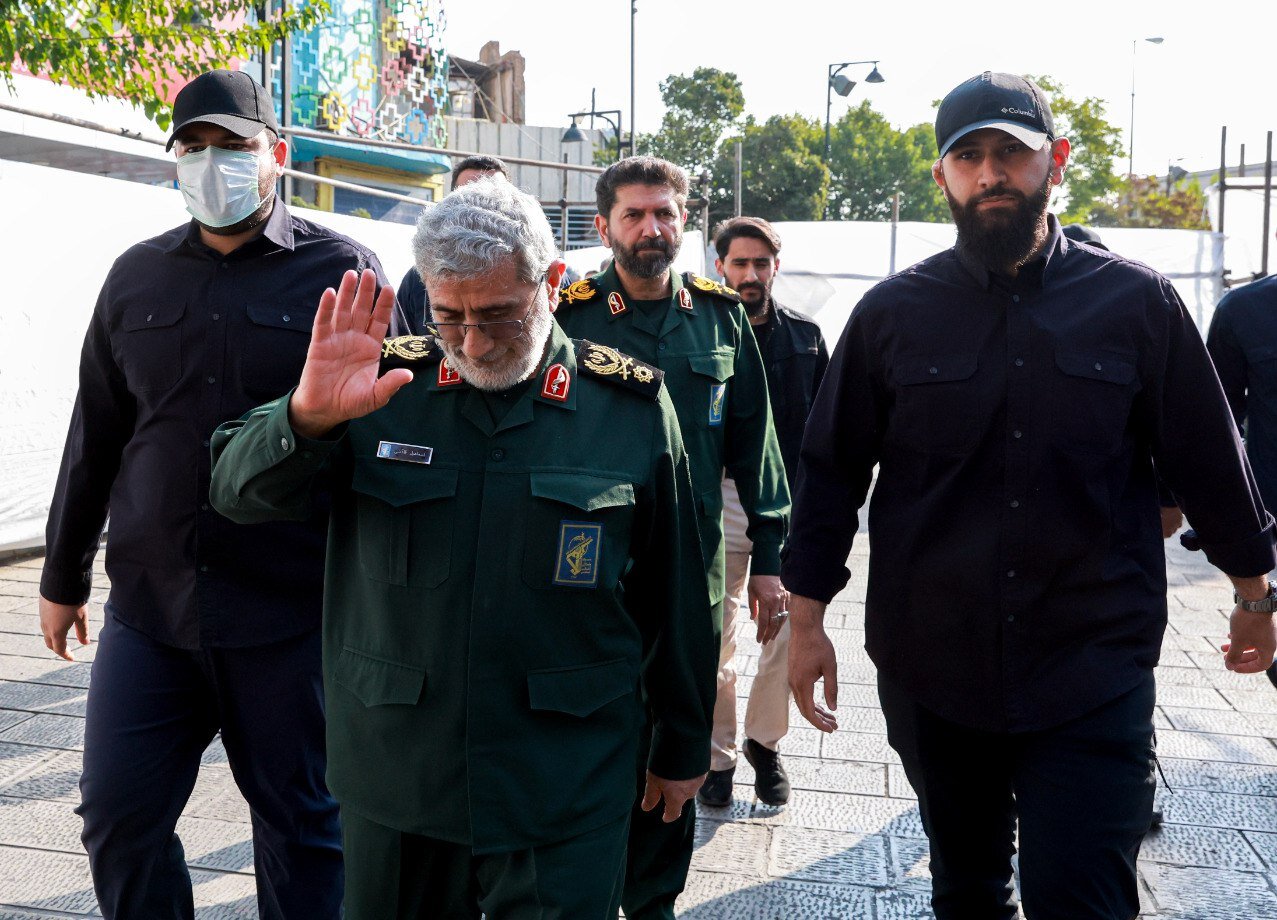Qaani's final shot at Western rumors
Quds Force chief undercuts Western media psychological war with appearance at public event

TEHRAN – Impartiality and truthfulness are the cornerstones of responsible journalism, or so we're told. Yet, for the Western media, the blatant bias in favor of Israel and their unwavering commitment to serving the regime's interests, no matter the cost, has never been more obvious.
From deliberately ignoring the vast majority of Israel's crimes in Gaza to shamelessly spinning the few they can't completely suppress; Western media outlets have become active participants in whitewashing a regime committing unspeakable acts against humanity. This shameful trend, once constrained by a shred of journalistic integrity, has now descended into outright fabrication. Even the principle of avoiding frequent blatant lies – a low bar indeed – has been abandoned in the past year.
Since October 7, 2023, the internet has been overflowing with false stories about Hamas, Palestinians, Lebanese, and even Iranians. Among these manufactured tales are the grotesque claims of Hamas beheading Israeli babies, bombing the Al-Ahli Arab hospital, and using civilian sites as shields. But even these notorious stories could seem logical in comparison to the sheer absurdity of the ones swirling around in recent weeks regarding the whereabouts and health of the Islamic Revolution Guard Corps (IRGC) Quds chief.
Brigadier General Esmail Qaani was first reported to have been killed during Israel’s airstrike on a residential building in southern Beirut, which claimed the life of Hezbollah Secretary General Sayyad Hassan Nasrallah on September 27th. The IRGC confirmed that one of its top commanders, Brigadier General Abbas Nilforooshan, was also martyred during the attack.
After the bodies of the victims of the Israeli assault were recovered and identified, Western media outlets engaged in a new wave of disinformation. They claimed that Qaani had been gravely injured in the attack but managed to survive. This fabrication was then reinforced by the claim that the Quds Force commander returned to Tehran aboard the plane of Iranian Foreign Minister Abbas Araqchi, who had made a brief trip to Beirut on October 4th.
When a high-ranking IRGC official finally addressed the rumors surrounding Qaani's health, flatly denying his martyrdom or injury, the Western media machine was forced to invent yet another lie. This time, the fantastical story came from the Middle East Eye, a UK-based news website reportedly funded by the Qatari government.
An Iraqi journalist, well-known for her hostile stance towards the Resistance, reported on October 10th that “ten sources in Tehran, Beirut, and Baghdad” had told MEE that Qaani was “under guard” and “being questioned” for his involvement in the “intelligence breach” allowing Israel to assassinate Nasrallah. Other outlets took a step further in their outlandish lies, claiming General Qaani had suffered a “heart attack” during interrogation.
But the commander who had been declared dead, injured, and arrested within a mere two weeks, made a public appearance on Tuesday. Qaani joined his IRGC colleagues and other Iranian officials at the funeral ceremony for General Nilforooshan, looking completely unscathed and at ease. He was captured on film praying quietly and engaging in conversations with fellow attendees, contradicting any claim put forth by Western media in the past days.
What is Western media doing?
Qaani, like his predecessor, Lieutenant General Qassem Soleimani, is known for maintaining a low profile, rarely appearing in the public eye or engaging with the media. Figures like him are typically only seen at official ceremonies attended by all ranks of Iranian officials. So, the fact that Western media tried to cast doubt on his whereabouts by highlighting his “long absence from public view” was already ridiculous to begin with.
“I think besides trying to demoralize Resistance forces, Western media, teamed up with Israeli and American spy agencies to help track Qaani and his activities," said Seyyed Reza Sadrolhosseini, a West Asia expert. "Gathering intelligence on Quds commanders is notoriously difficult. To circumvent this, authorities likely used Western media to provoke a reaction from Iran. They hoped that the spread of these fabricated stories would eventually force Qaani to publicly address the rumors, making him easier to track or expose his movements."
The expert warned that such close and frequent collaboration with spy agencies would irreparably damage the credibility of Western media outlets, a process that has already begun. “The public's faith in Western media is rapidly eroding. Once seen as reliable sources of information, outlets like Reuters and the New York Times are increasingly facing scrutiny and skepticism as people question their open willingness to distort the truth. The days of blindly accepting their narratives are waning, as a growing number of individuals seek alternative sources of information like social media.”
